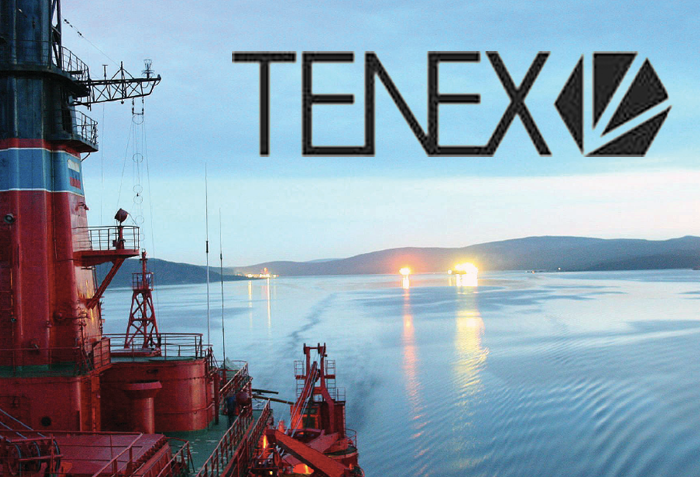Part 2 of 2 Parts (Please read Part 1 first)
Russia is working on modernizing the nuclear fuel cycle for its fleet of reactors. It has four main reprocessing facilities operating to deal with spent nuclear fuel. The Mayak facility is the biggest of the four. It is being upgraded to deal with highly-active waste and will be able to reprocess a broader range of used nuclear fuel. It will start the new operations with reprocessing the spent nuclear fuel that was unloaded from Russian VVER-1000 reactors last year.
The Siberian Chemical Plant located in Seversk is a production facility that is operating with reprocessed uranium. The Mining and Chemical Combine located in Zheleznogorsk is a center of spent nuclear fuel management. It has centralized wet and dry storage. It hosts a demonstration center for reprocessing that will start operating in 2019. And it has a fabrication plant for mixed oxide (MOX - mixed uranium and plutonium compounds) fuel to be used in fast reactors. The National Operator for Radioactive Wastes is working on commissioning an underground research laboratory in 2022 for deep geological storage of highly-active nuclear waste.
Rosatom is currently testing three different scenarios for the back-end of the nuclear fuel cycle. The first of these scenarios envisions the recycling of reprocessed uranium and plutonium to create fuel for the existing Russian nuclear power reactors. The reprocessed uranium would be used to fuel the RBMK power reactors and the plutonium would be used to refuel BN-800 fast reactors.
The second scenario is referred to as the REMIX nuclear fuel cycle. REMIX fuel is created directly from an unseperated mixture of recycled uranium and plutonium generated from reprocessing of spent nuclear fuel. This fuel can be used in light water power reactors. The benefit of the REMIX fuel cycle is that the spent nuclear fuel can be reprocessed and reused again and again.
The third scenario is based on a “two-component” nuclear power system. Both light water reactors and fast reactors would be involved. In this scenario, used fuel from light water reactors would be reprocessed. The reprocessed uranium would be use to refuel light water reactors. The plutonium recovered by reprocessing would be used to create MOX fuel which could then be used in light water reactors.
All of three of these scenarios have been evolved over the years from existing operations. All three are now being tested in Russia. “So it's not a question of the distant future. There are real development scenarios which can be realized in our lifetime,” said the Director of Tenex. She added that these scenarios can answer the challenges that are currently facing the nuclear fuel cycle. They offer “customizable and comprehensive solutions with an emphasis on advanced scientific and engineering achievements.” They also provide opportunities for expanding international cooperation. She said that Russia is prepared to offer a full set of services from supplying fuel to reprocessing to countries which do not have the necessary technology to provide such services for themselves.
The U.S. experimented with nuclear fuel reprocessing for decades but ultimately decided to abandon it. China, Japan and South Korea are all considering reprocessing but there are fears that this could touch off a nuclear arms race in Asia. It will be interesting to see if the Russian campaign to provide reprocessing services to the world will succeed.
